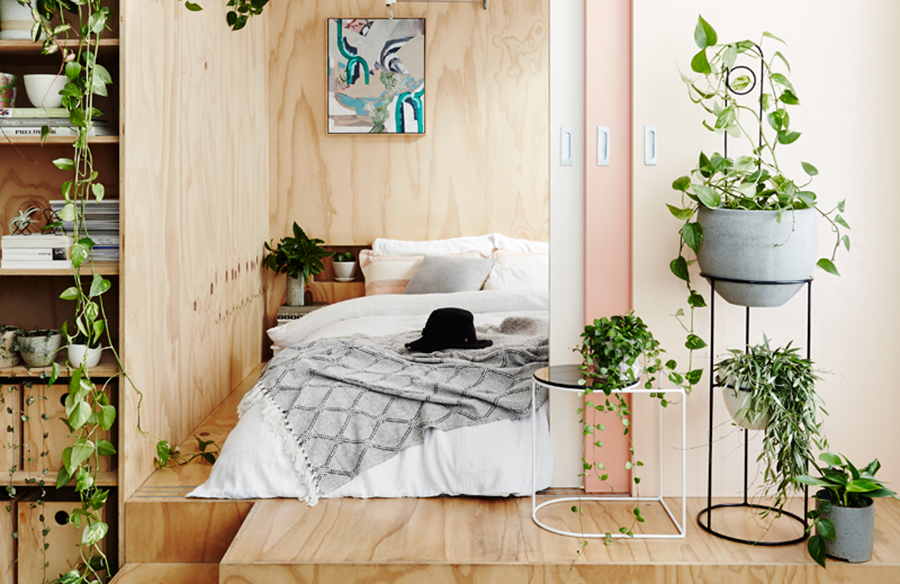It’s finally here. You can feel it in the air. Leaves are unfurling. Our plants are finally waking up. Yes, Spring is upon us! This season heralds longer, warmer days and marks the beginning of the growing period for many plants as they awaken from their winter dormancy. It is a time of renewed life and change and brings with it a number of variables that can and do, affect houseplants. Don’t worry though. Don your best spring-time outfit and sit tight as we break down our top care tips into five simple steps to help make your plants thrive.
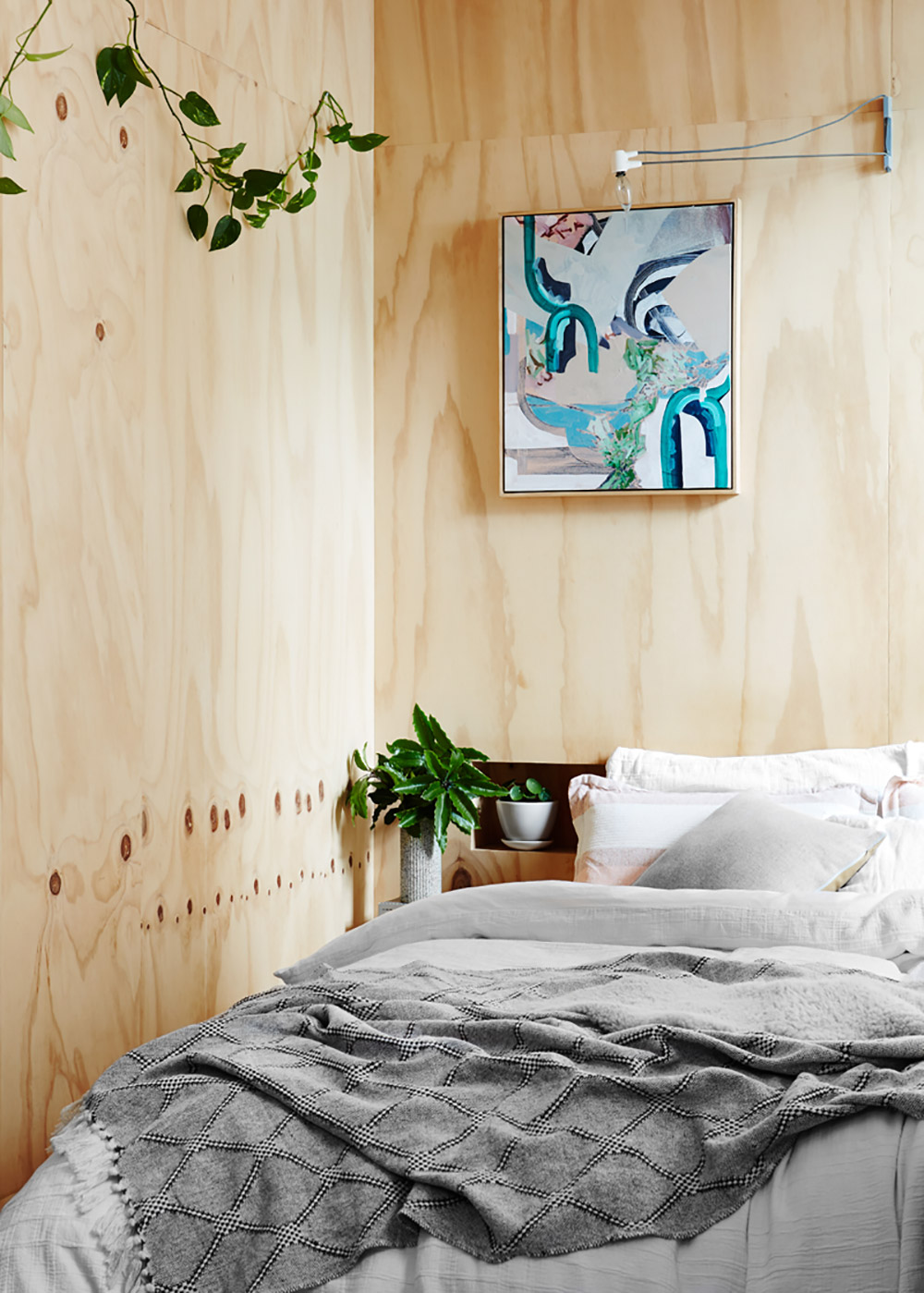
1. Give Your Plant Gang A Spring Clean
Winter can take its toll on many plants so with the onset of spring brings a perfect opportunity to take stock of your plant gang and see how they’re travelling. Give them a little TLC and tidy up by trimming and pruning where needed. Remove any unsightly dry, yellowing or brown leaves (which also saves your plant from putting energy into trying to fix them) plus any wayward growths or leggy vines that may have appeared over winter (often from an attempt to reach more sunlight). Wipe down the leaves gently (both sides) using a damp, wet cloth and check for pests and treat where necessary. If any specimens really haven’t fared well over winter now is an ideal time to say goodbye; we know it’s hard but try to focus your efforts on those plants who have made it through rather than dwelling on the one or two who didn’t. (P.S Don’t beat yourself up, we’ve all killed plants – it’s how we learn to be a better plant parent)!
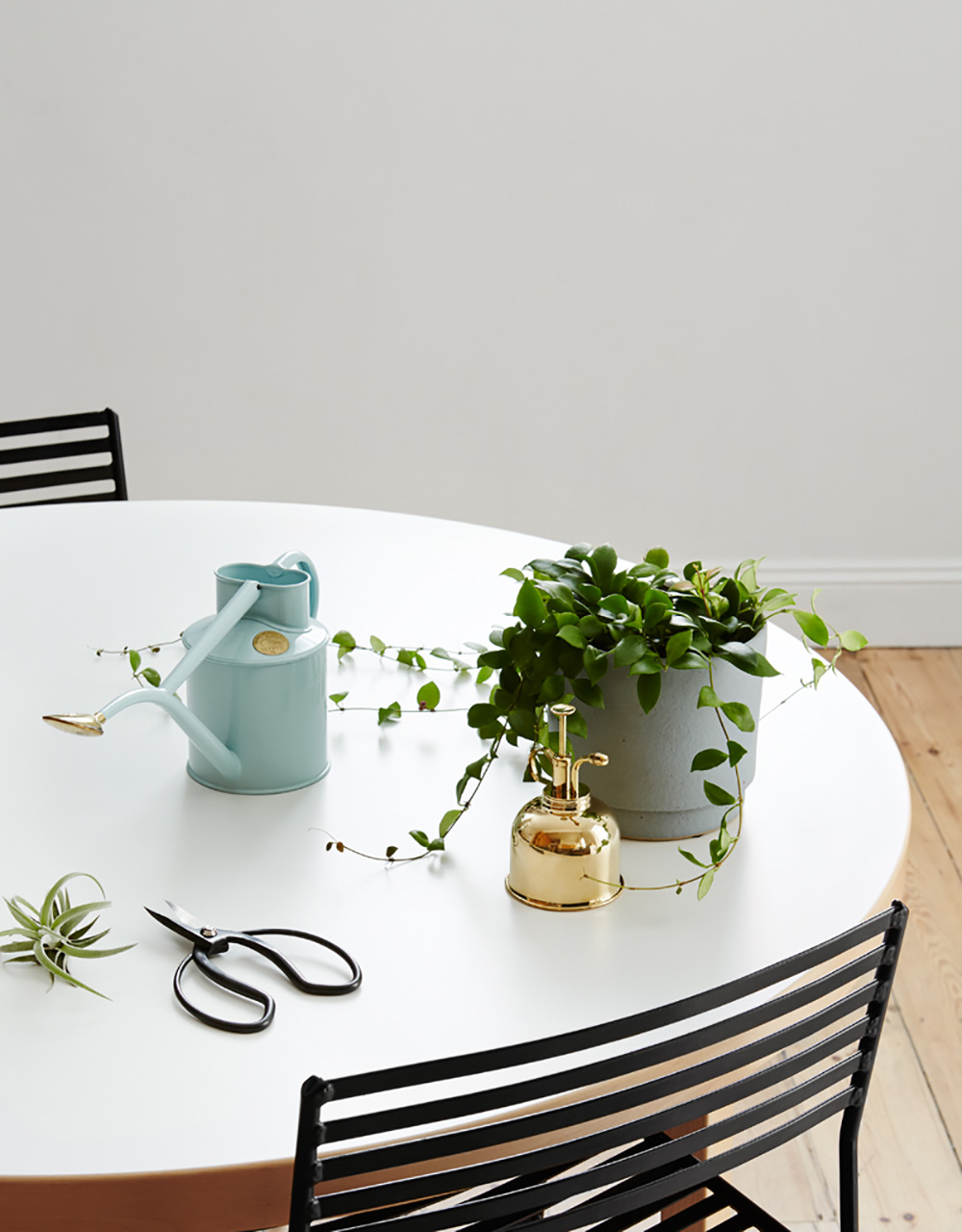
2. Ramp Up The Water
As your plants rejuvenate from their winter slumber, their watering needs also increase. Water will also evaporate more quickly from their soil than in the cooler months so pay attention to how fast they’re using it up and adjust your watering schedule as needed. This doesn’t mean plants need more water day-to-day, just that your usual watering sessions will be more frequent (e.g. every fortnight in winter, to every week in spring/summer). As a general guide, wait until the top 3cm of potting mix is dry before watering again. Of course, all plants’ have different needs and it pays to do your research when it comes to watering your gang; some plants like cacti and succulents prefer to be kept drier for longer whereas ferns and palms love to be kept moist during their growing period. Remember over-watering is a major (if not THE) biggest killer of indoor plants so really get to grips (literally; put your fingers in the soil and feel for moisture levels) to try to overcome this common issue.
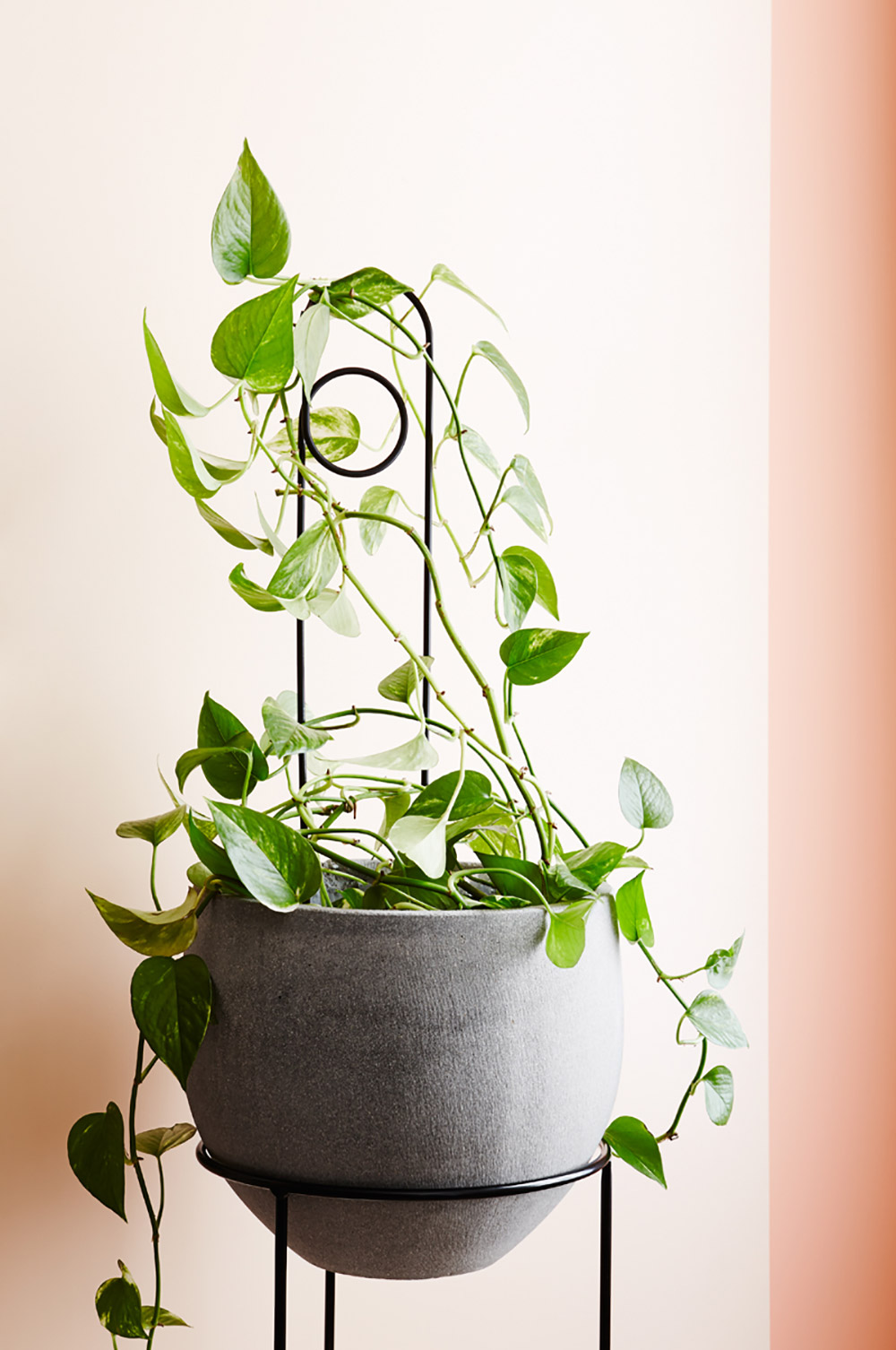
3. Consider The Changing Light & Temperature
As the sunlight starts creeping back into our homes (hurrah!) we need to consider the positioning of our plants. If like us, you moved some plants around during winter to catch some extra rays or to avoid drafts etc, ensure they are placed back into their ideal positions, especially before the warmer weather really kicks in and heats up. Some plants, like fiddle leaf fig, can tolerate direct sun in the cooler months but their leaves will scorch in the same position in summer.
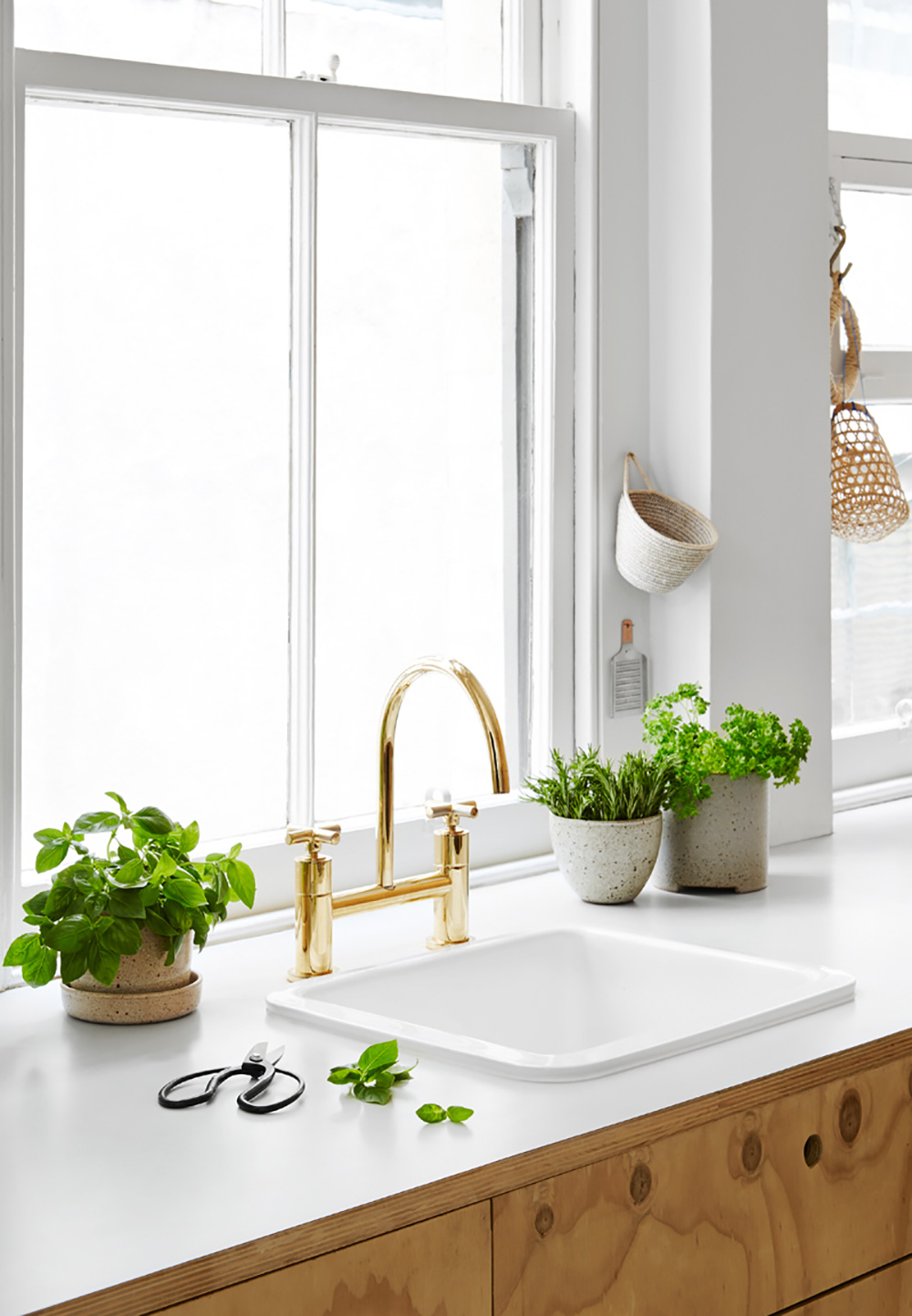
4. Time For Food
If you really want to kick-start your plant gang’s growth, give them an energy boost with an organic fertiliser to replenish their nutrients. Spring/summer is the best time to do this as too much fertiliser, especially in winter when your plant is dormant, can easily burn the roots. If you want to be cautious, try diluting the solution first and see how your plant responds. There’s a number of great options specially formulated for indoor plants available these days, or if you’re lucky enough to get your hands on worm tea, it makes an excellent option improving soil health whilst also being a natural insect repellent.
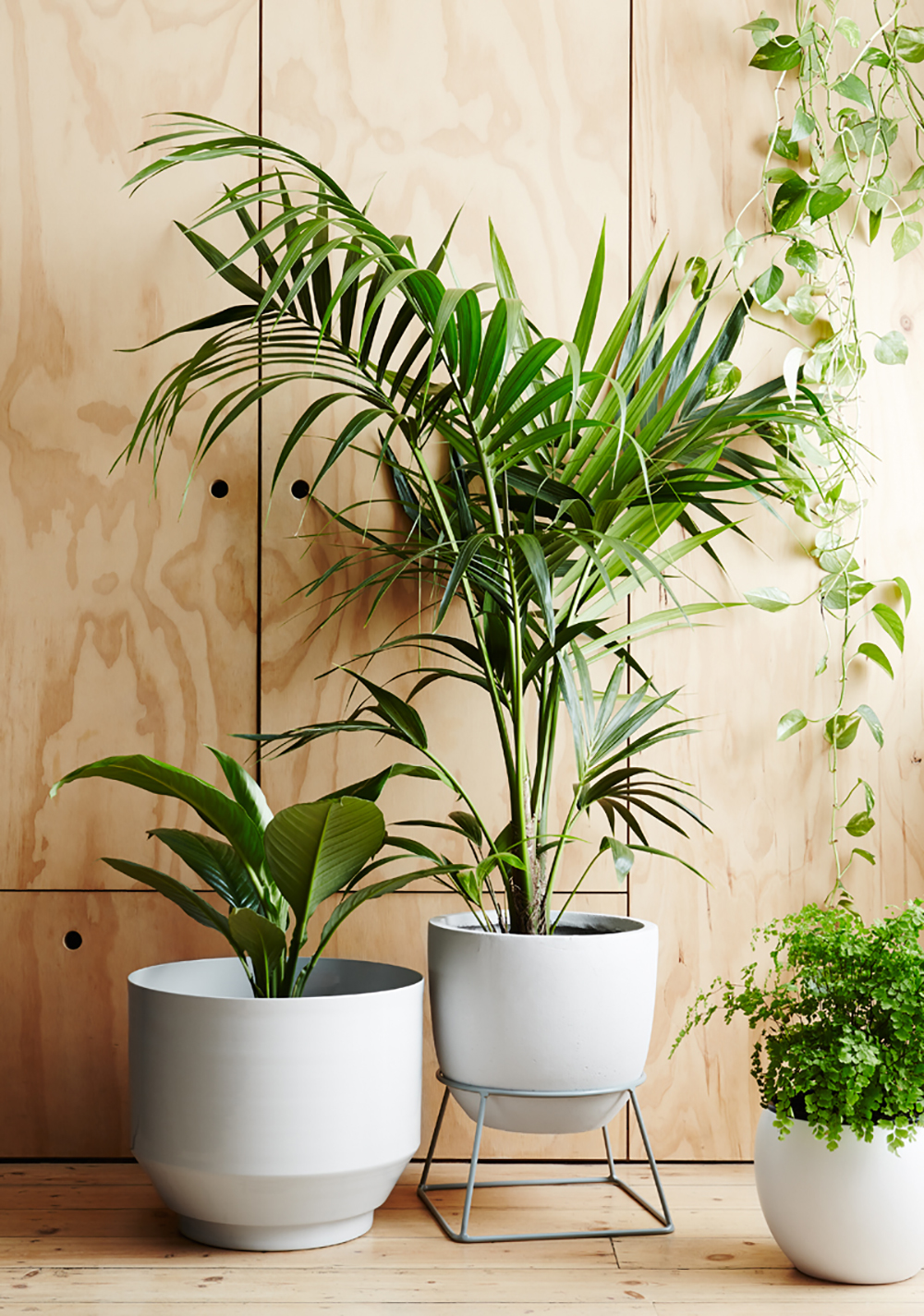
5. Yes, You Can Finally Re-pot!
We’ve all been waiting patiently through winter for this. Spring is the ideal time to evaluate whether your plant needs to be potted-up (going up a pot size) or re-potted (staying in the same pot); it’s a key element if you really want to see impressive growth. To do this, check the roots; are they bulging out of the base of the pot, or visible all over the top of the soil? If that’s the case, potting-up to the next pot size is probably a good idea. Remember to only ever pot up to the next size only as going too big too quickly can mean your plant will expel energy filling the base of the pot with its roots rather than growing above. With that being said, some plants like hoya are very happy being root-bound so it pays to research them before doing so. If you want to give your plant a boost, but want it to remain in the same pot, prune its roots and ‘top-dress’ it by removing the first two inches of soil and replacing with fresh potting mix. This will give your plant a dose of fertiliser (already in the potting mix) and a little more room to stretch out and grow (whilst keeping your inner plant stylist happy).
Photography by Annette O’Brien
Styling by Alana Langan for IVY MUSE



